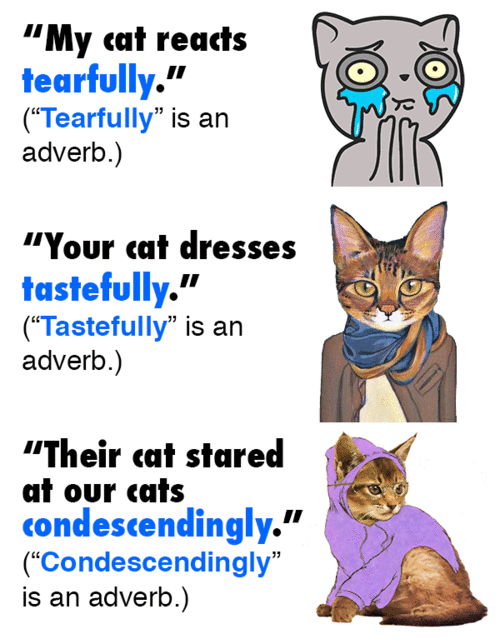Common Nouns and Proper Nouns
A common noun is a general name.
It is common to all the people, all the things, all the places, etc... that are of the same type.
e.g.
- Girls (there are many girls and they are all referred to as girls)
- Cat (there are many cats in the world, and each one is a cat)
- Library (each of the different places in the world where different books are kept so that people can read and borrow them is known as a library)
A particular noun is a particular name.
e.g.
- Mount Fuji (there is only one place in the world that has this name)
- The Longman Dictionary of Grammar and Usage (this is the name of one particular publication)
- Charles Dickens (there is only one English author called Charles Dickens. No one has this particular name)
Common Noun: man, author > Proper Noun: Charles Dickens, George Orwell
Common Noun: country, nation > Proper Noun: Singapore, Indonesia
Common Noun: city, place > Proper Noun: Bali, Jakarta
Common Noun: book, novel > Proper Noun: "A Tale of Two Cities", "War and Peace"
Common Noun: queen, person > Proper Noun: Queen Elizabeth II
A proper noun begin with a capital letter. Words like of and and (prepositions and conjunctions) are normally not written with their first letter capitalized. The first letter of a preposition or conjunction is capitalized if the word is the first word of the title of a publication.
Source:
The Longman Dictionary of Grammar and Usage














